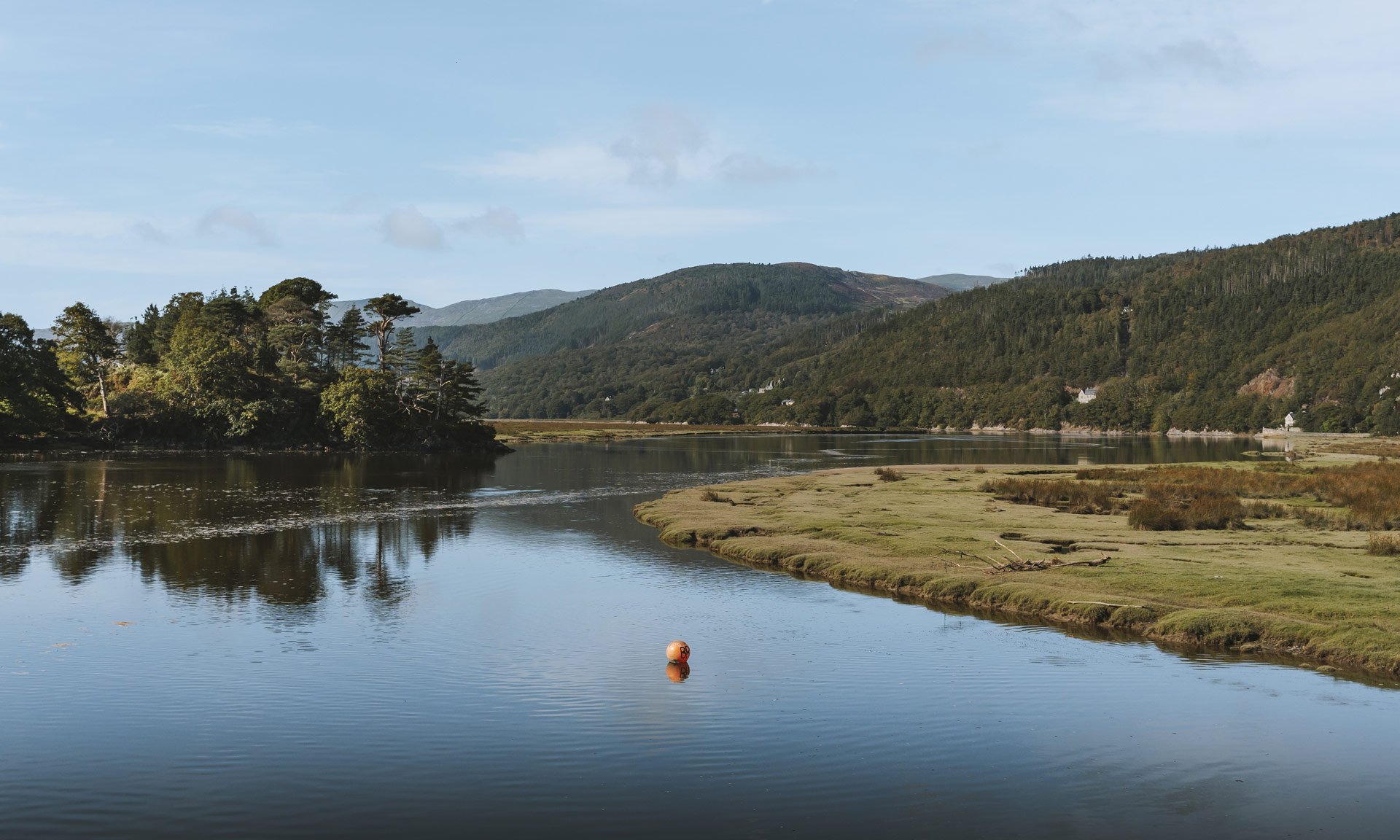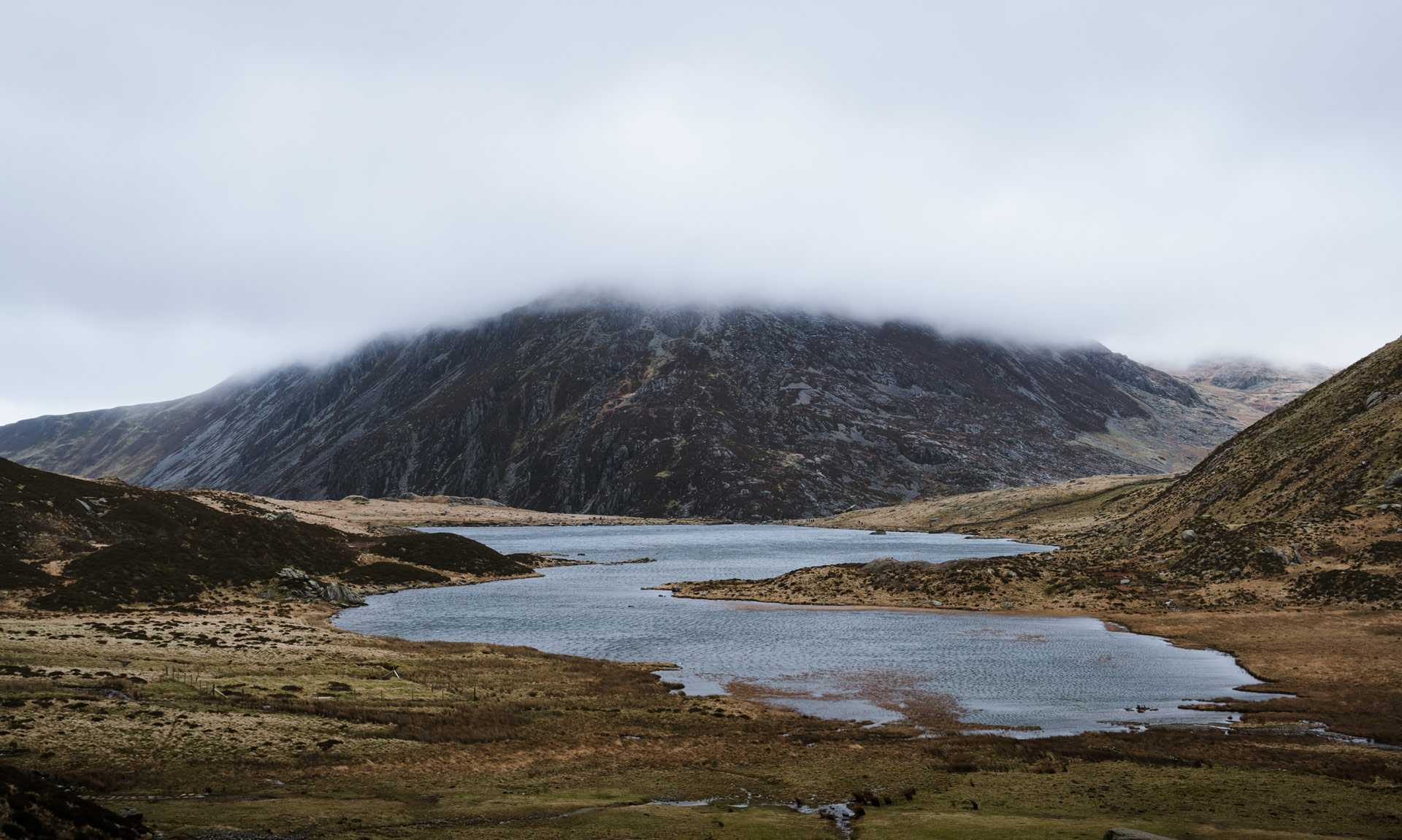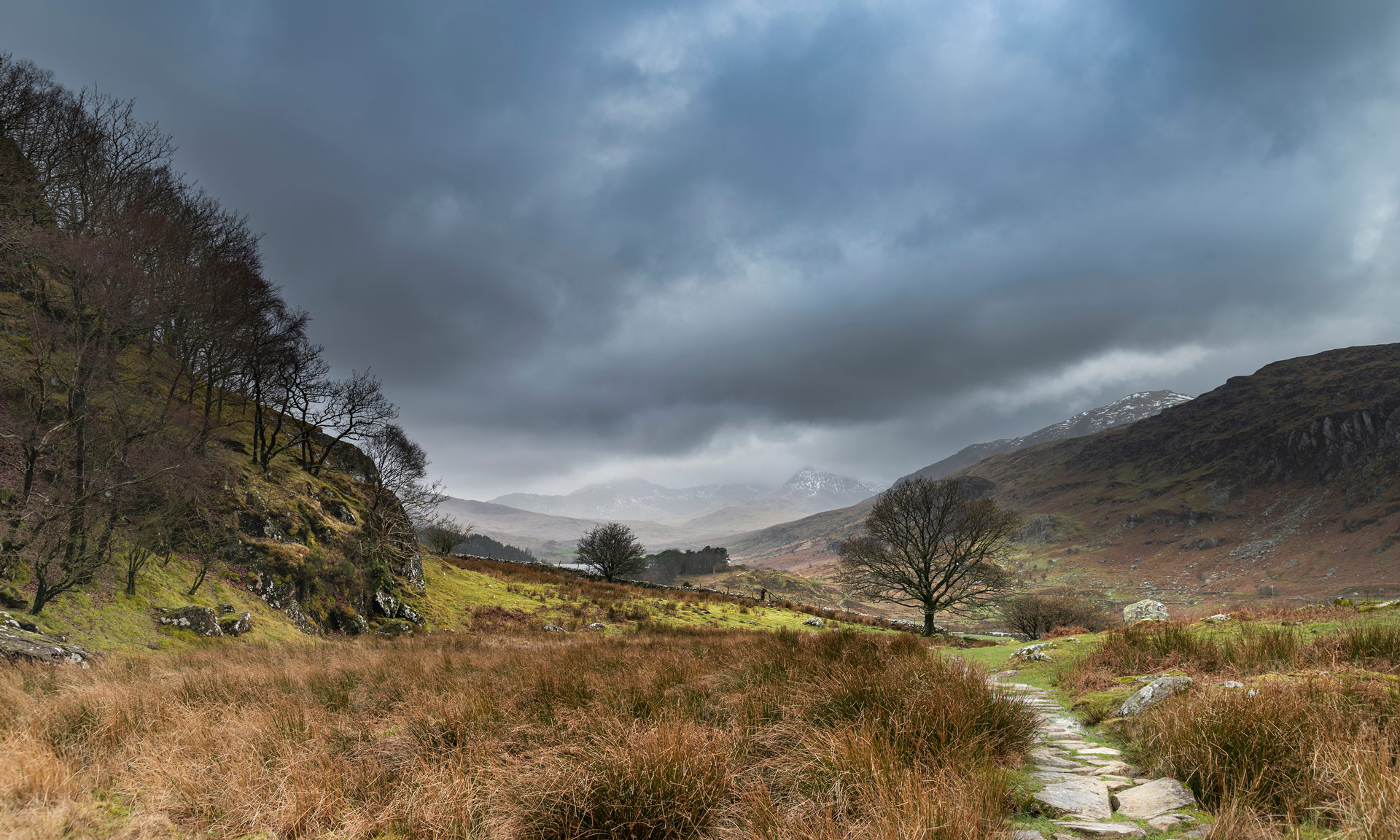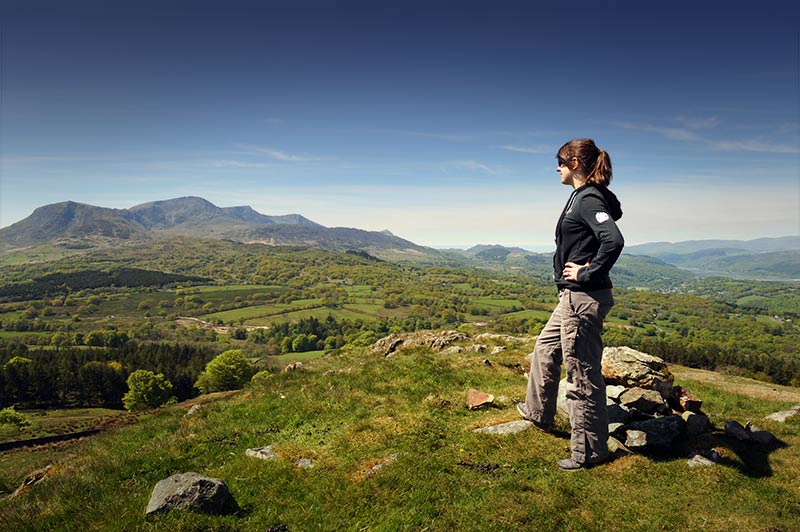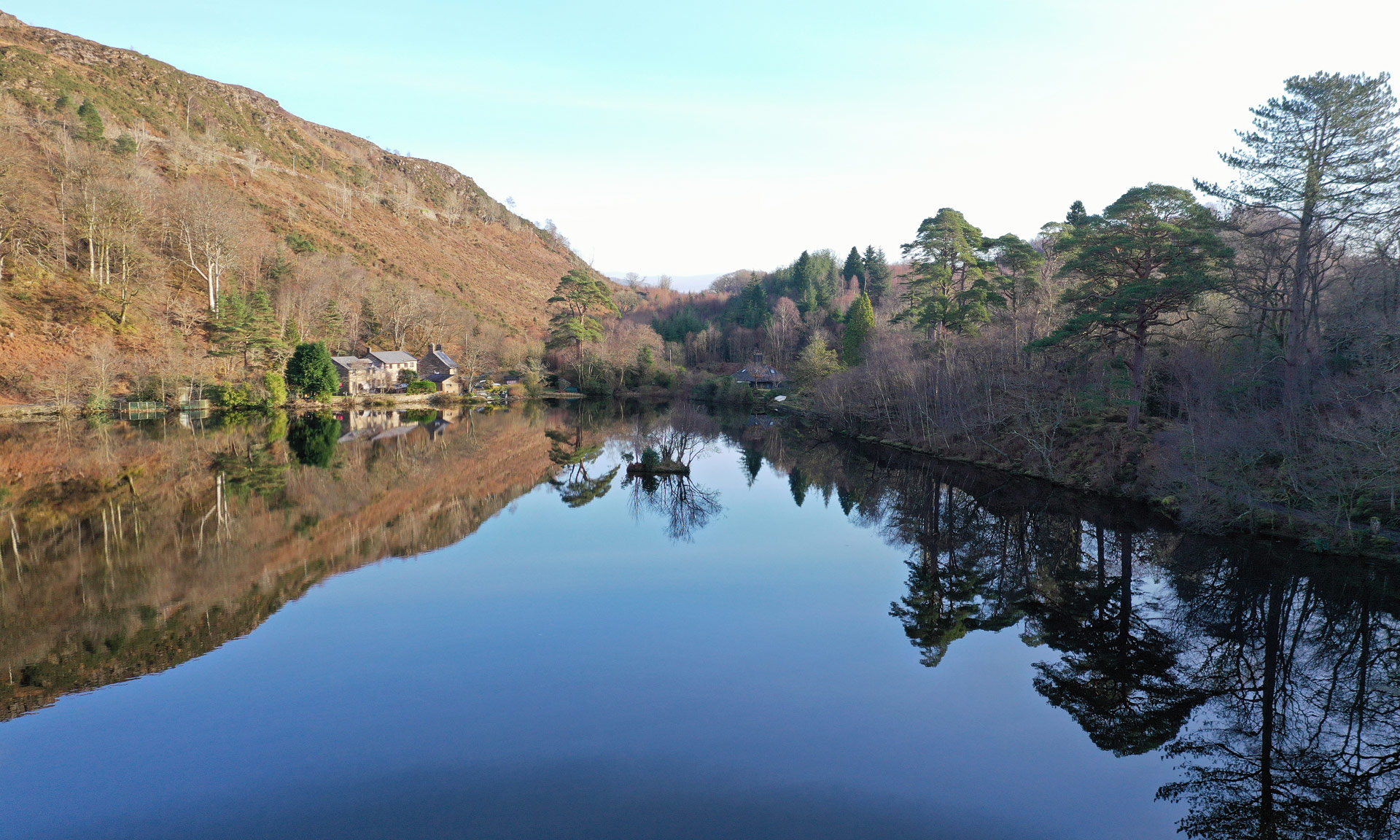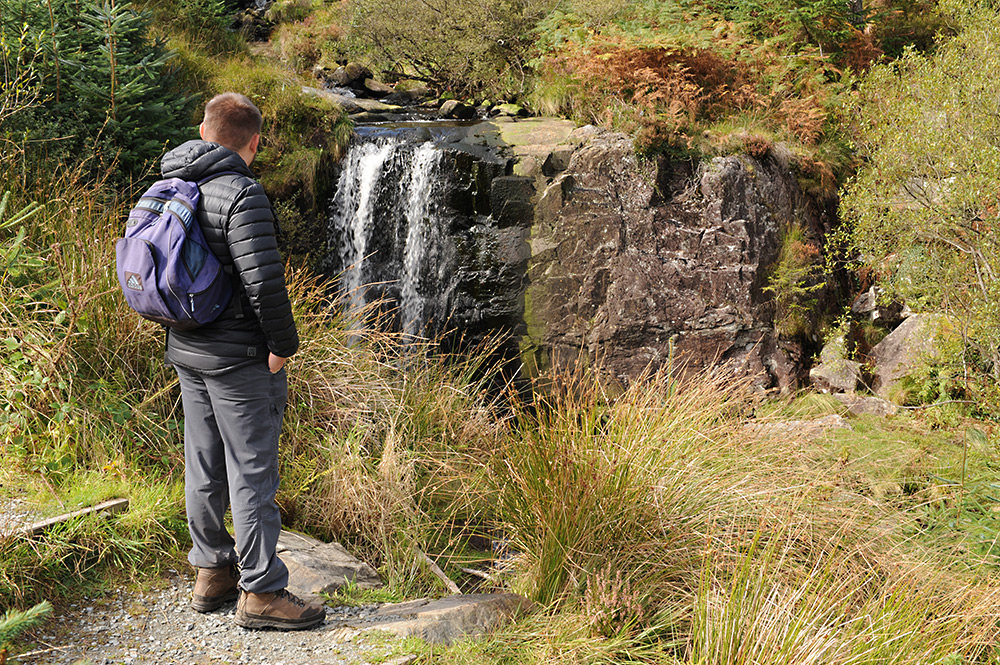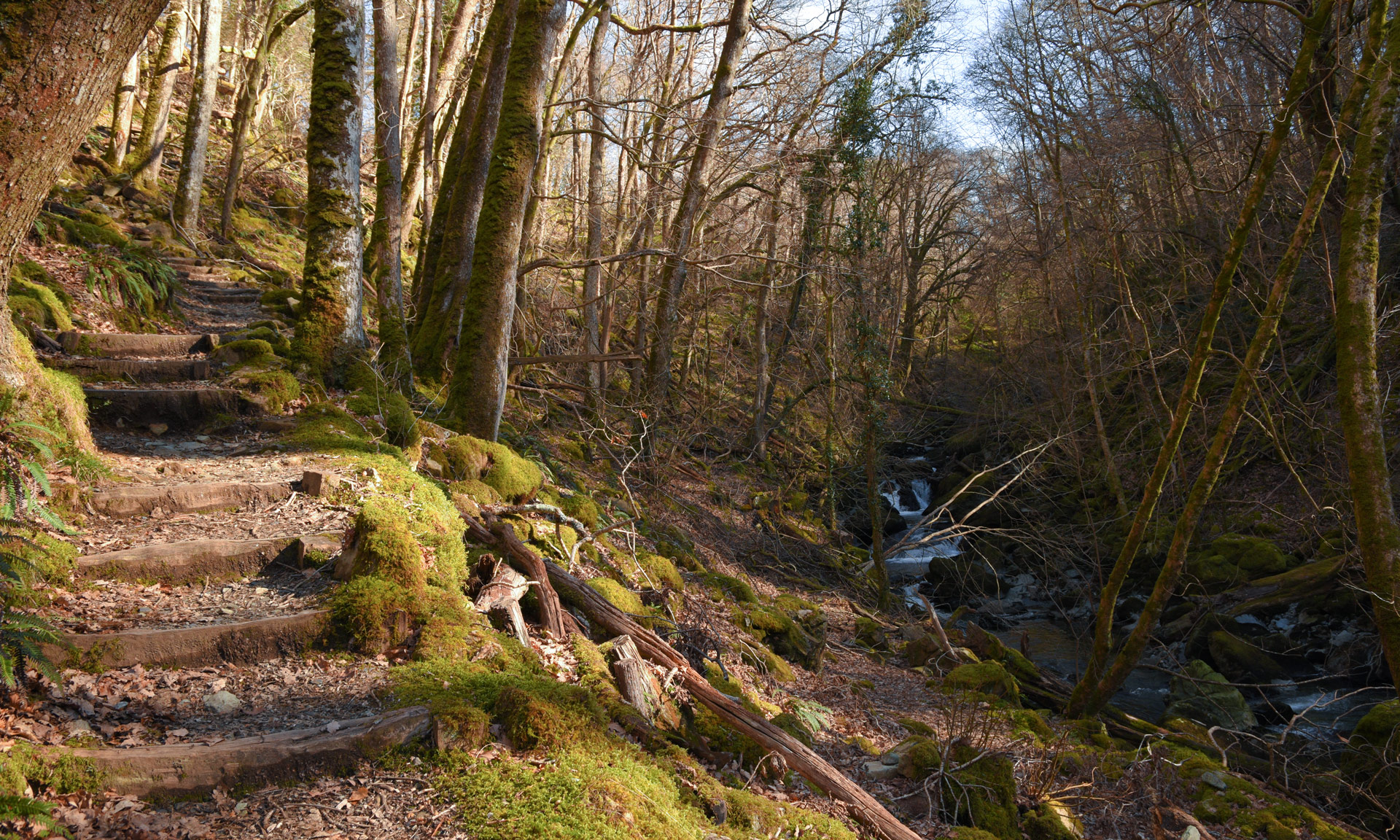Standing in the heart of Cwm Idwal might be the only way of truly experiencing the otherwordly atmosphere that emanates from this small glacial valley.
The crater-like cavity of Cwm Idwal is the result of phenomenal geological activity that took place millions of years ago. It is one of the finest places to witness the aftermath of these forces throughout the National Park.
Cwm Idwal has been attracting climbers, hikers, geologists, biologists, and botanists alike for many years. The most notable of Cwm Idwal’s visitors is Charles Darwin, who conducted much of his scientific work in the area.
This particular route in Cwm Idwal is a challenging route that ascends steeply towards Twll Du (Devil’s Kitchen). Some parts of the path require crossing loose rock and navigating around and across large boulders.
However, Cwm Idwal does offer a route that avoids the ascent to Twll Du (Devil’s Kitchen). This shorter, less challenging path can be suitable for less-experienced walkers.
© Crown copyright and database rights OS AC0000825604. Use of this data is subject to terms and conditions.
Eryri National Park Authority has categorised this route as a moderate route. It is suitable for people with some countryside walking experience and a reasonable level of fitness. The terrain will include some steep or unsurfaced paths in the open countryside. Walking boots and waterproof layers are essential.
Start/Finish
Canolfan Ogwen Centre, Nant Ffrancon (SH 649603)
Relevant OS Map
OS Explorer OL17 (Snowdon and Conwy Valley)
To access the Cwm Idwal route, you’ll need to reach the Ogwen valley. Parking within the valley is extremely limited. The best and most convinient way to reach the Ogwen valley is to use public transport.
T10 Bus Service
The T10 bus service travels between Bangor and Corwen. You’ll need to stop at ‘Llyn Ogwen’ for the Cwm Idwal route. The route’s trailhead is a minute’s walk from the bus stop.
T10 Bus Timetable (Traws Cymru)
Bws Ogwen Electric Bus Service
The Bws Ogwen service is part of the Ogwen Partnership scheme—a social enterprise working for the benefit of the economy, environment and communities of Ogwen. The 9-seater electric bus travels between the nearby village of Bethesda and stops at ‘Llyn Ogwen’, a minute’s walk from the Cwm Idwal trailhead.
Parking for public transport
If you’re using public transport to visit the Ogwen valley, you can park at the football club in the nearby village of Bethesda. Parking is priced at £6 per day and is payable by pay and display machine.
View Bethesda Football Club Car Park on Google Maps
Designated Parking Spaces
There are a limited number of designated parking spaces at the Ogwen valley including a National Park Authority managed car park at the Ogwen Centre and a series of lay-bys along the A5.
Double yellow lines mark restricted areas and you should only park in designated spaces.
Ogwen Centre Car Park
Daily rate (Expires at midnight): £6.00
4 hours: £3.00
Blue badge/disabled parking: 2 spaces
EV charge points available
Payment method ‘Chip and pin’ or contactless only. Cash payments not accepted.
Stay safe and help protect the countryside by reading the information about safety and following the Countryside Code.
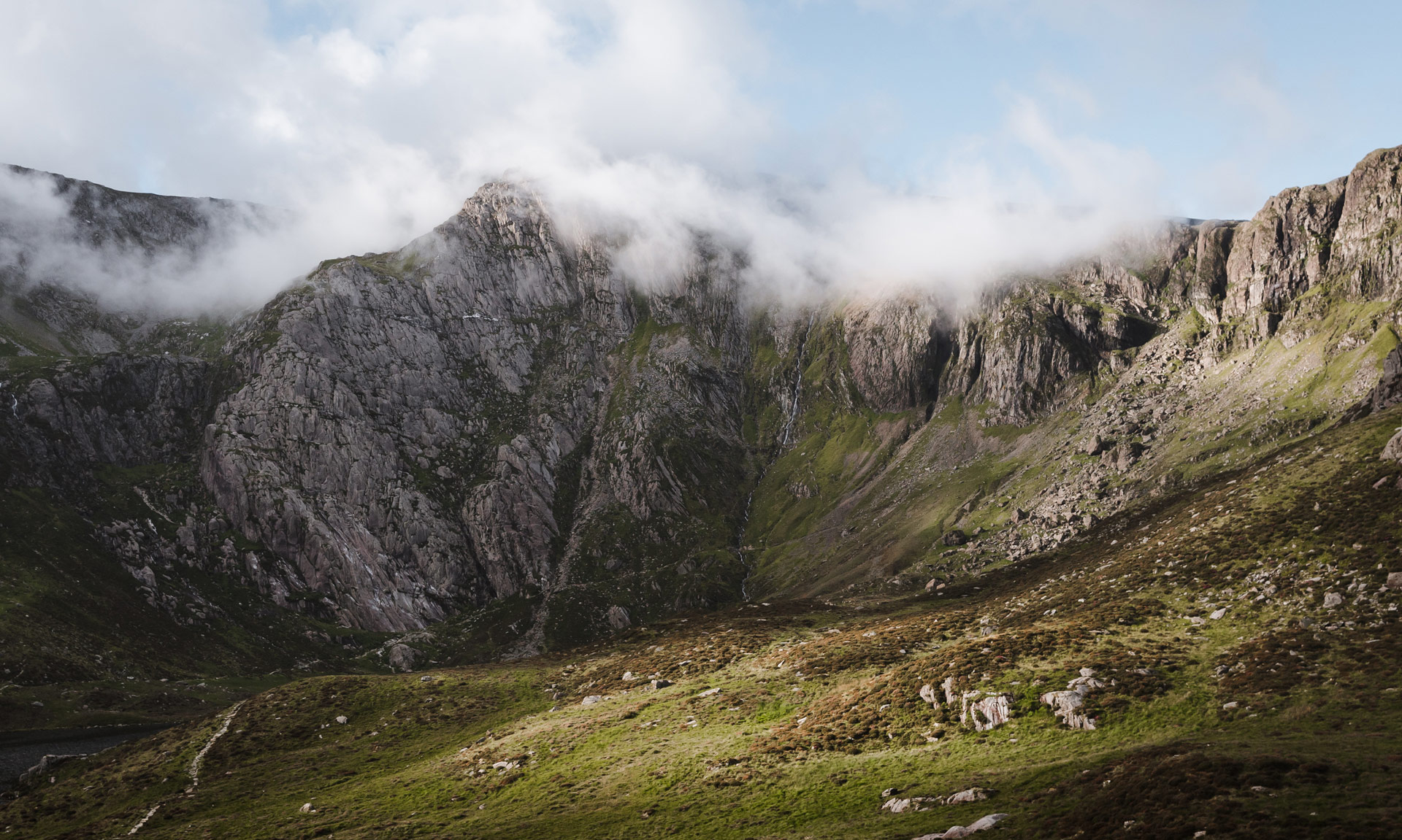
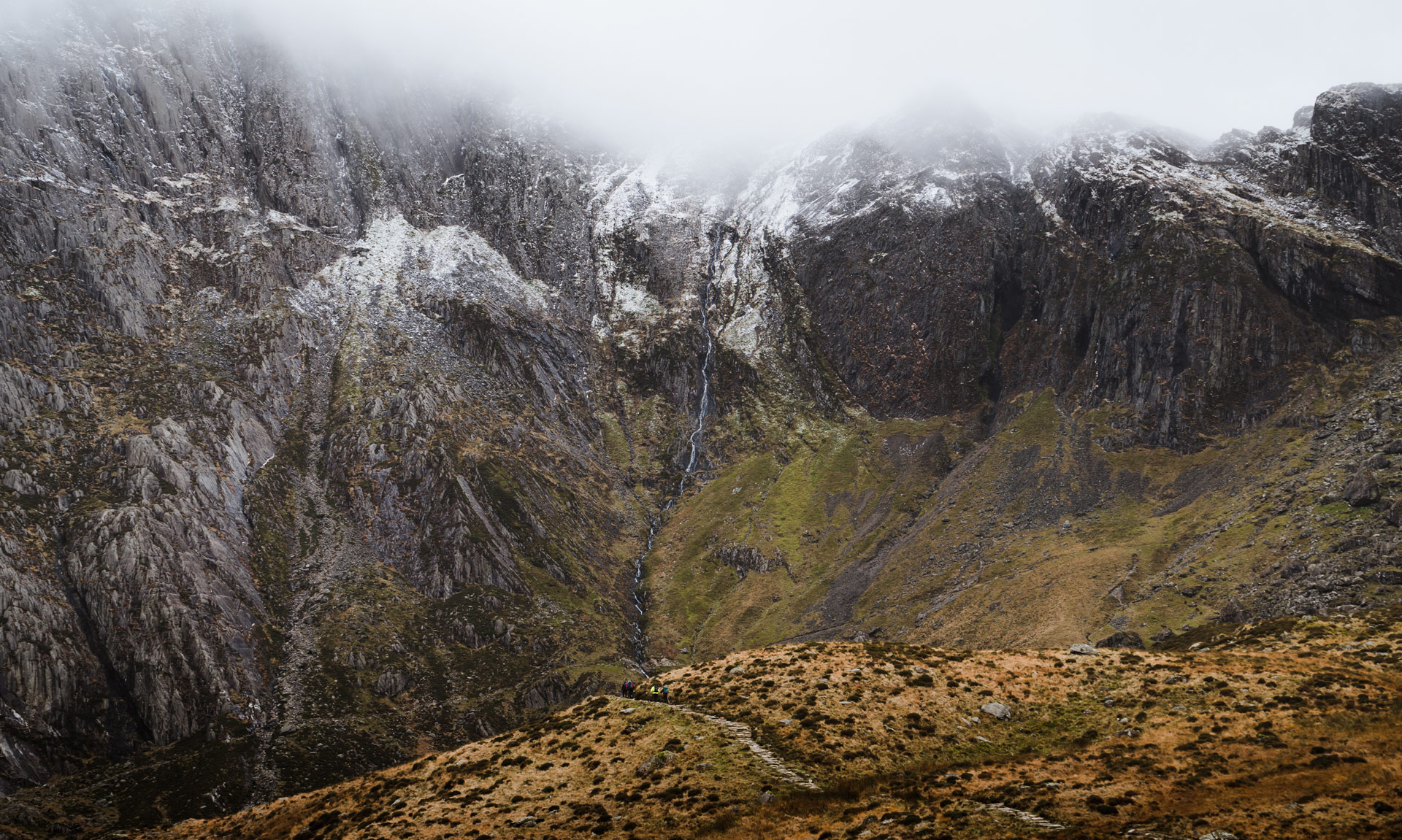
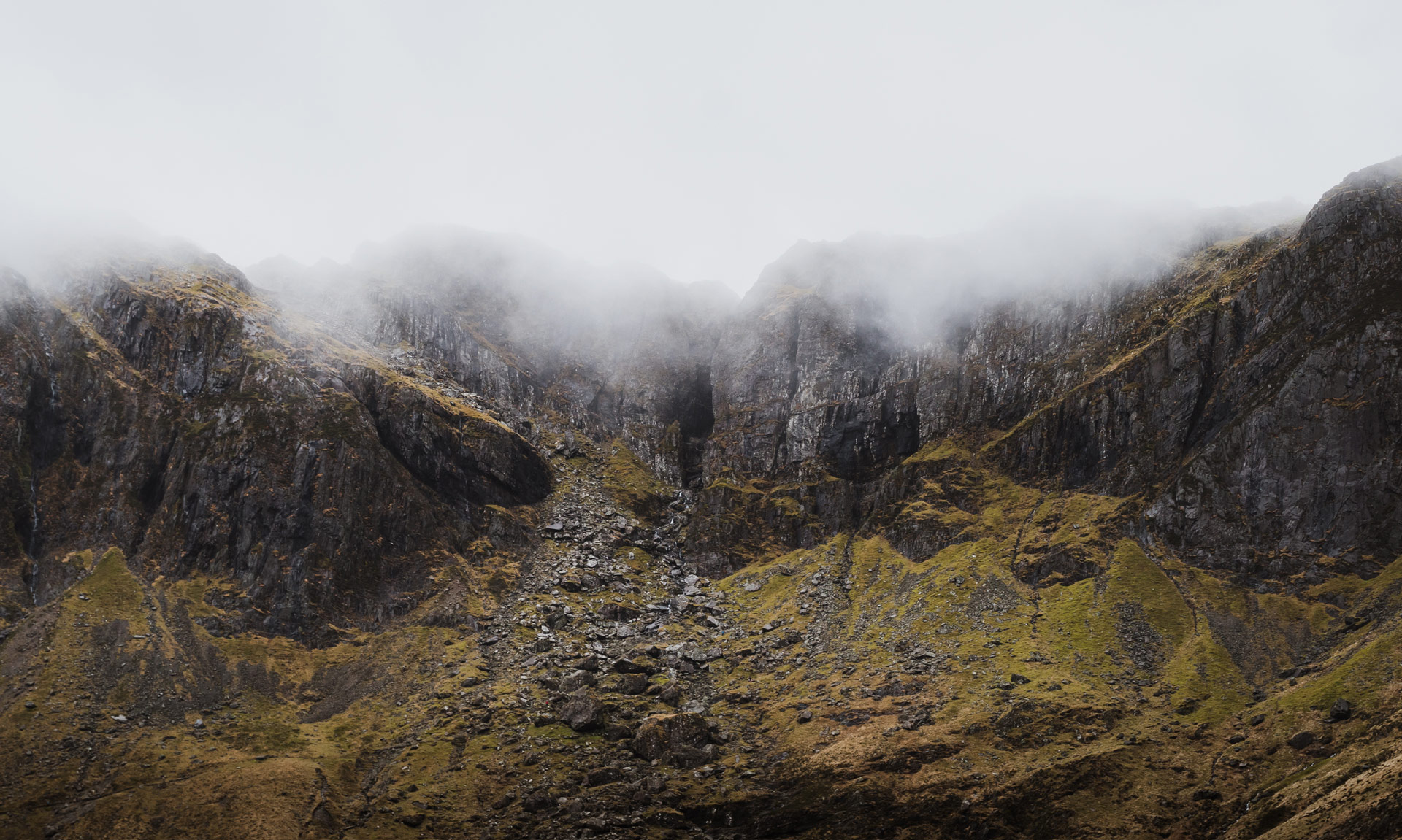
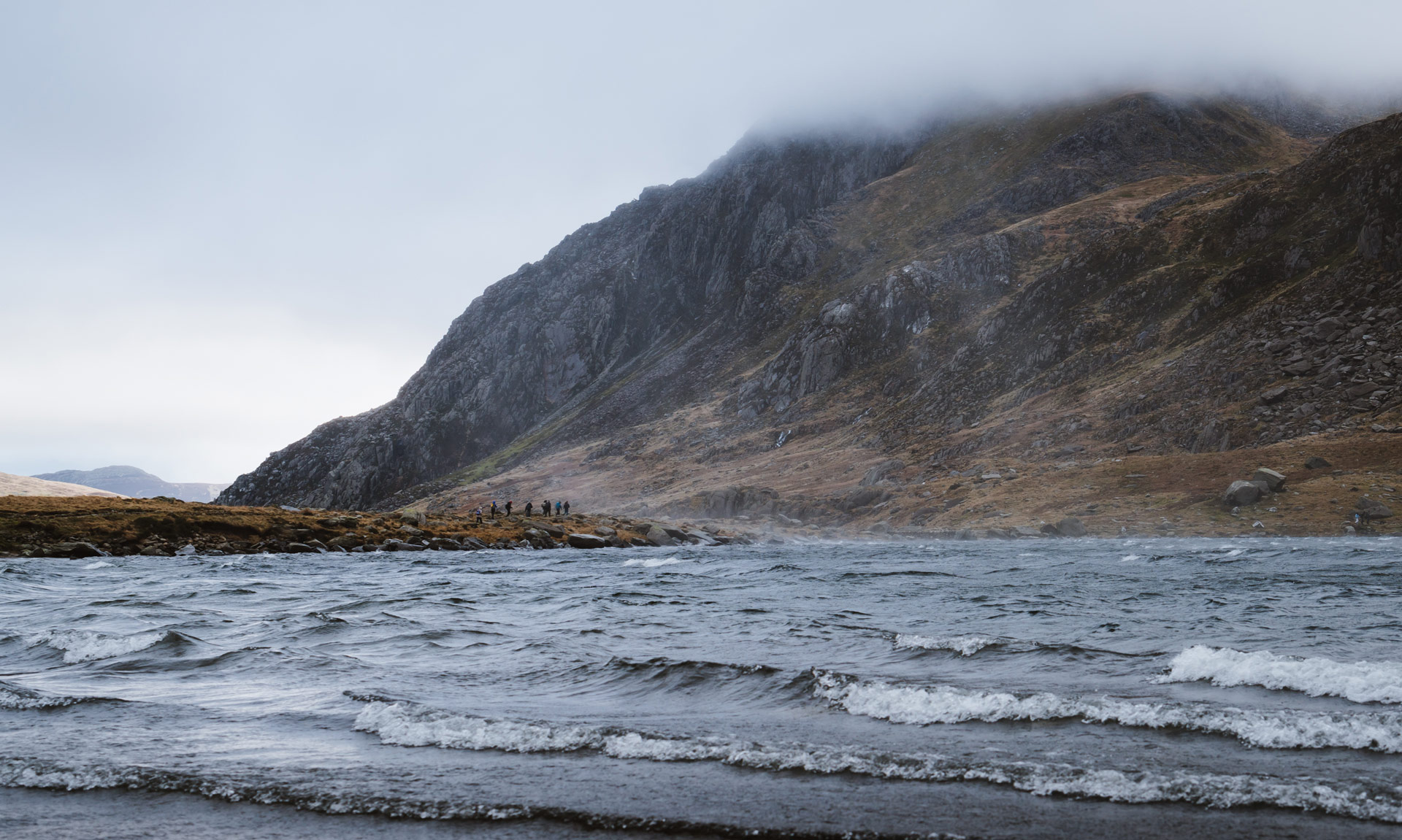
Cwm Idwal is arguably one of the best places to see evidence of the tremendous geological events that shaped Eryri’s landscape.
450 million years ago, phenomenal geological forces created the towering cliffs surrounding the lake. The fold and faults in the rocks are evidence of these forces.
Glacial activity formed the incredible bowl-shaped landscape of Cwm Idwal. The glacier was part of a more extensive glacial system that created Dyffryn Ogwen. Valleys formed from these smaller glaciers are known as ‘hanging valleys’. Cwm Idwal is one of the UK’s best examples of a hanging glacial valley.
Cwm Idwal was the first designated National Nature Reserve in Wales.
Some of the plants at Cwm Idwal have survived the Ice Age. They include rare arctic alpine plants such as the moss campion, Lili’r Wyddfa and purple saxifrage.
The seasonal variety of wildlife at Cwm Idwal makes it a great area to visit throughout the year. During the spring and summer, birds such as the ring ouzel and wheatear settle in Cwm Idwal. The remarkably rare Lili’r Wyddfa can also grow on craggy outcrops during these seasons.
The autumn and winter bring hardier plants to the surface, including a range of heathland vegetation and the purple saxifrage.
Both ‘cwm’ and ‘dyffryn’ translate to ‘valley’ in English. However, the word ‘cwm’ has a more distinct meaning. ‘Cwm’ is often attributed to rounded, glaciated valleys such as a corrie or cirque, while ‘dyffryn’ refers to more extensive valleys such as Dyffryn Ogwen (Ogwen valley). Cwm Ystradllyn and Cwm Penmachno are other examples of cwms in the National Park.
The name Idwal derives from the rich history of the princes of Wales. The 12th century Welsh prince, Owain Gwynedd, had a son called Idwal. According to legend, Owain decided to entrust the care of his son to Nefydd Hardd, a Welsh nobleman. However, Nefydd grew envious of Idwal. Nefydd’s son, Dunawd, wasn’t half as clever as Idwal. Dunawd decided to push Idwal into the lake and drowned him.
On hearing the news, Owain banished Nefydd from the ancient kingdom of Gwynedd and named the lake in memory of his son.
It is said that no bird flies over the lake’s surface and that a wailing voice can be heard near the lake during storms.
World-renowned biologist, Charles Darwin, visited Cwm Idwal during the first half of the 19th century. His studies at Cwm Idwal would later form part of the most famous publication in science, ‘On the Origin of Species’.
During his time at Cwm Idwal, Darwin discovered that the rocks and boulders in and around the valley held small tiny fossils of sea creatures and marine plant life. His discovery suggested that Cwm Idwal would have at one point been under the ocean.
